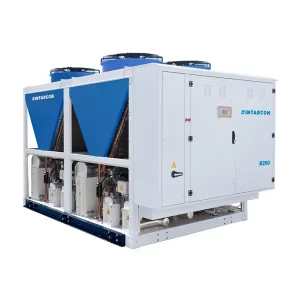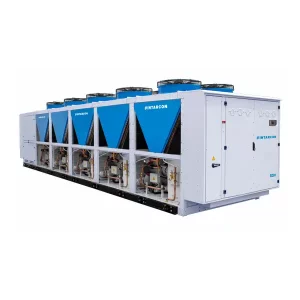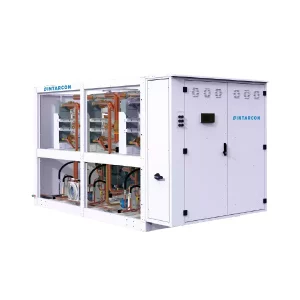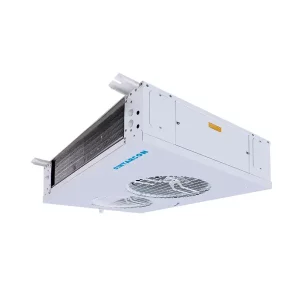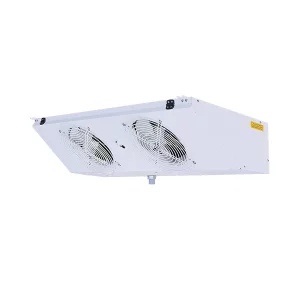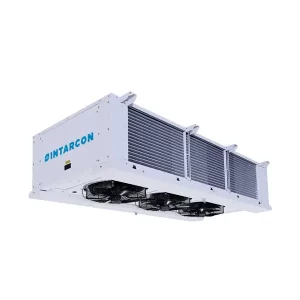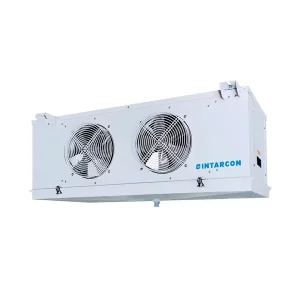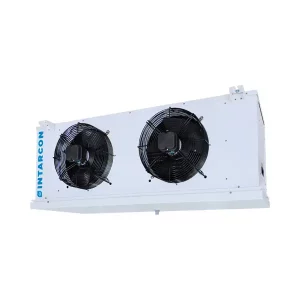-
R290 intarWatt
R290 chillers
Chillers in compact construction and outdoor installation of glycol, water or brine and a low R290 charge.
Request technical advice
-
R290 intarWatt – Full INVERTER
R290 chillers
Glycol, water or brine chillers with reduced R290 load and Full INVERTER compressors.
Request technical advice
-
Heat on demand – Full INVERTER
R290 chillers
Glycol, water or brine chiller plants with reduced R290 load and Full INVERTER compressors.
Request technical advice
-
Double flow
Double air flow
Double air flow air coolers operating with glycol water for refrigeration at positive or negative temperature.
Request technical advice
-
Slim type
Air-cooler
Slim-type air cooler with glycol water for small cold room at high and positive temperature.
Request technical advice
-
Industrial double-flow
Air-cooler
Industrial double-flow air-cooler, in a double-flow low-profile design, for operation with glycol water.
Request technical advice
-
Commercial cubic type
Air-cooler
Commecial cubic-type air-cooler, for their operation with glycol water.
Request technical advice
-
Cubic-type
Air-cooler
Cubic type air coolers operating with glycol water for refrigeration at positive or negative temperature.
Request technical advice
PARTNERS AND COLLABORATORS

